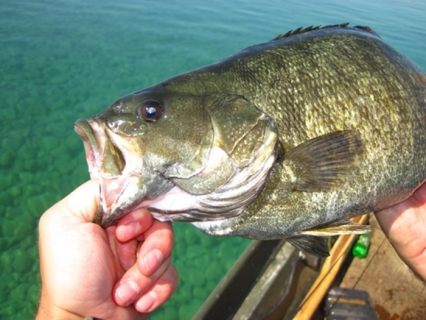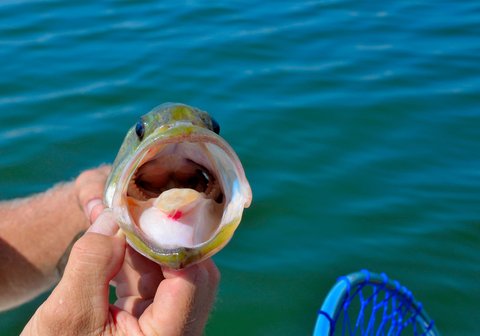All winter you have been dreaming up strategies for catching more largemouth bass this season. Yet your favorite bass fishing waters receive heavy pressure from anglers, so the fish normally see every type of bass bait you can imagine. Coming up with a new approach is difficult.
There is one approach that may give you an advantage when it comes to fooling those educated bass. You can try fly fishing.
Fly anglers represent just a small fraction of the bass fishing population, so most bass do not regularly see poppers, nymphs or streamers. Fly fishing can give you that edge over the competition, which will put more bass in the boat.
Even if you have never picked up a fly rod before, it is not difficult to learn the basics. With a little practice, you will be catching bass in no time. All you need to get started is a 7-8 weight fly rod, a decent fly reel, backing line, floating fly line and a 6-8 lb. leader, and you are ready to go.
For flies, start with a good selection of poppers in different colors and sizes. You will also want to pick up a variety of nymphs (mayflies, dragonflies and hellgrammites) and streamers (minnow and crayfish). Now you are ready to catch bass on a fly rod. Here are some basic tips to get you started.
Surface fishing
Largemouth bass are often looking for food floating or swimming on the surface. This is where your poppers come in. Poppers imitate a wide variety of prey, including frogs, insects, mice and other critters. One advantage you will have fly fishing, in contrast to conventional angling, is that you will be able to reach tighter cover with your flies. This includes lily pads, deadfalls, docks and other heavy cover.
Poppers get their name from the popping sound they make when you give them a jerk. This sound is a deadly attractor for bass. When your popper lands on the water, make it pop, this will alert bass to its presence. Then wait. Every 30 seconds or so, give it a jiggle or slowly move it forward a few feet. The most important thing to remember is to work slowly. You will find that many of your hits come when the popper has been sitting still on the water for an extended period. Other times, slight movement will entice a strike. Experiment to find the best approach on a given day.
Below the surface
Many anglers do not realize it, but aquatic insects represent an important source of food for largemouth bass. Like trout, bass will feed on nymphs rising to the surface. When using nymphs it is important to keep it moving, otherwise it may be difficult to detect a strike. The best movements are quick, jerking movements, which best imitate an insect rising to the surface.
Streamers represent minnows and crayfish, which are also important food sources for largemouth bass. With minnow imitations like the clouser minnow, keep it moving, but vary the speed and motion of the streamer. With crayfish imitations, jerky motions best imitate the natural movements of a real crayfish.
Adding fly fishing to your bass fishing arsenal will give you another weapon in the battle to catch more and bigger largemouth bass.
© Hildeanna | Dreamstime.com – Large mouth bass
Fish gallery
-
Fishing Files
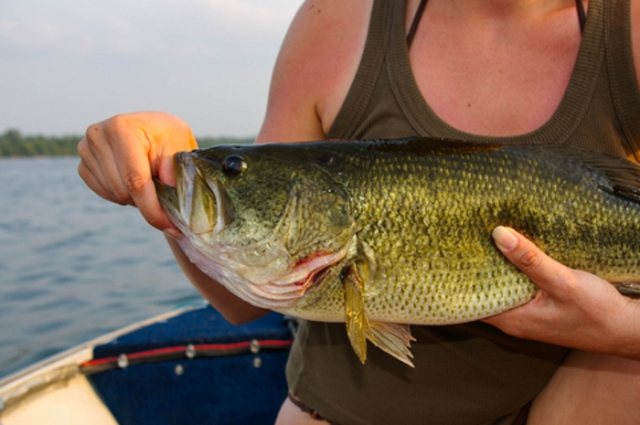
-
Striped Bass
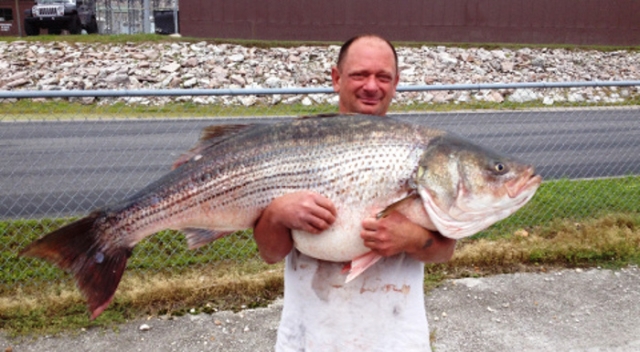
-
Fishing Files
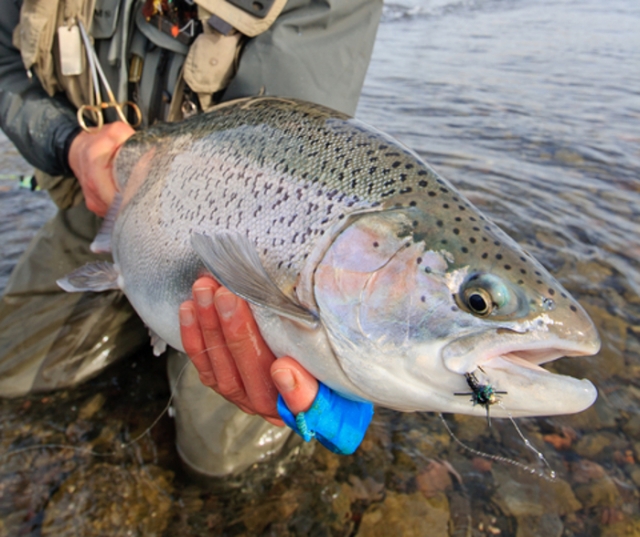
-
Smallmouth Bass
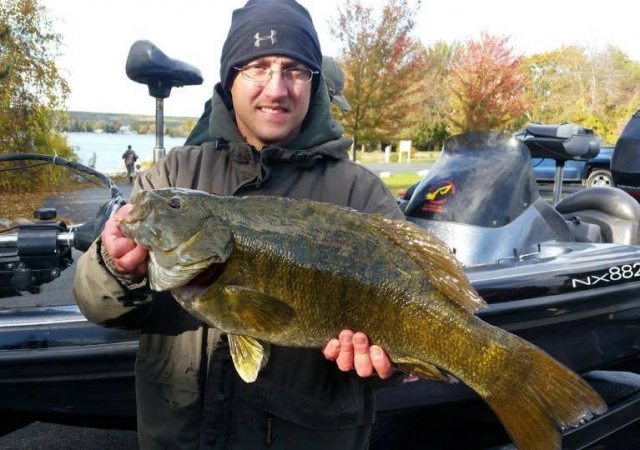
-
Fishing Files
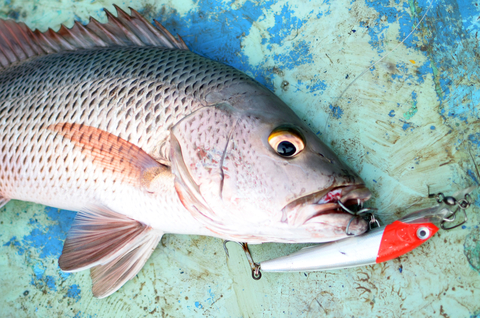
-
Fishing Files
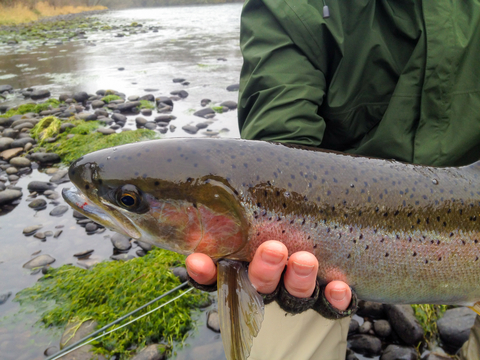
-
Largemouth Bass
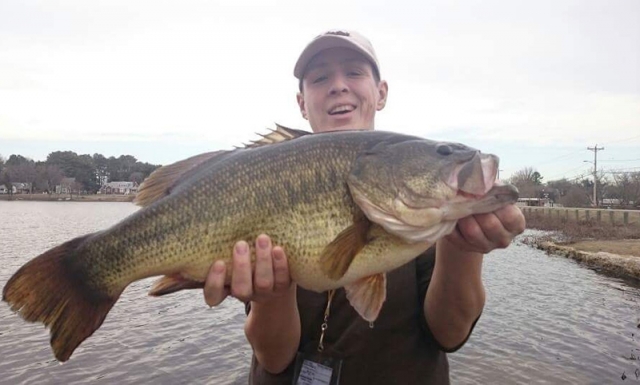
-
Fish fail in Russia
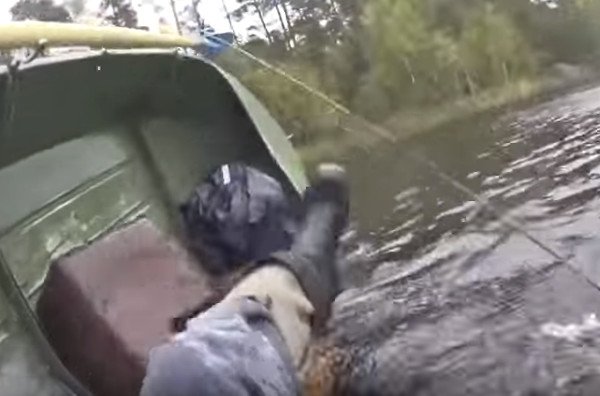
-
Bait fish
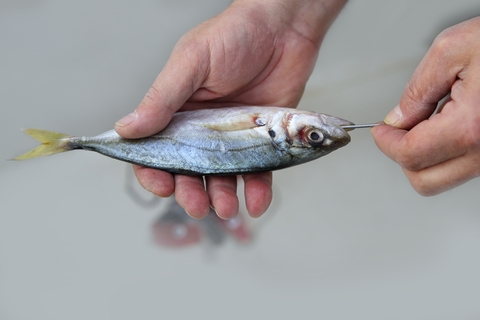
-
Fishing the weeds

-
Fishing Waders
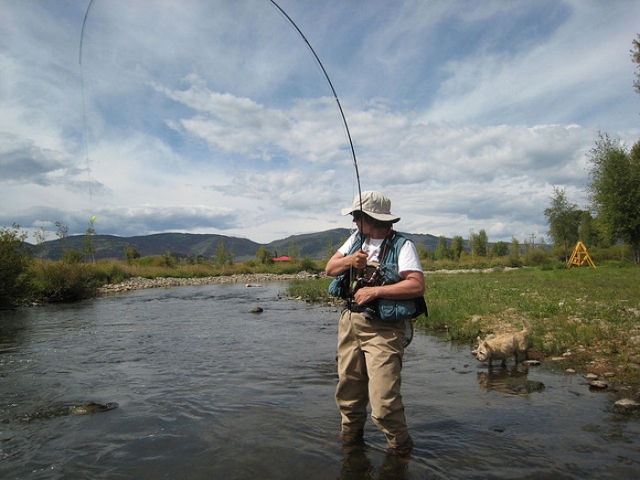
-
Old Man Fishing
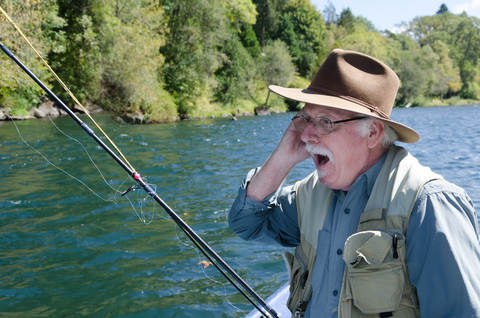
-
Fishing

-
City Fishing
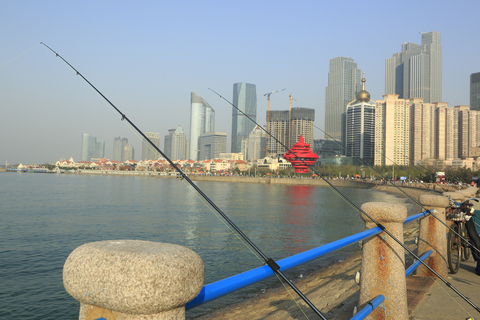
-
Fishing the cold
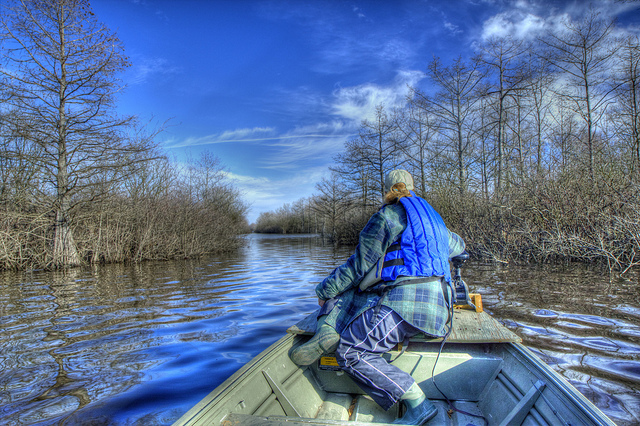
-
Fishing sunset
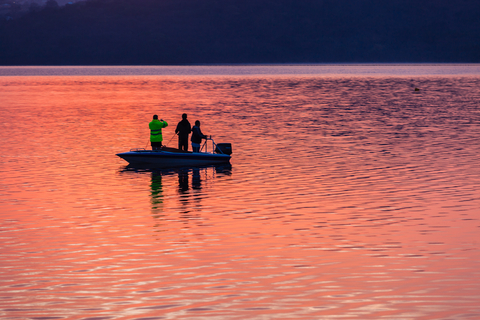
-
Bank fishing
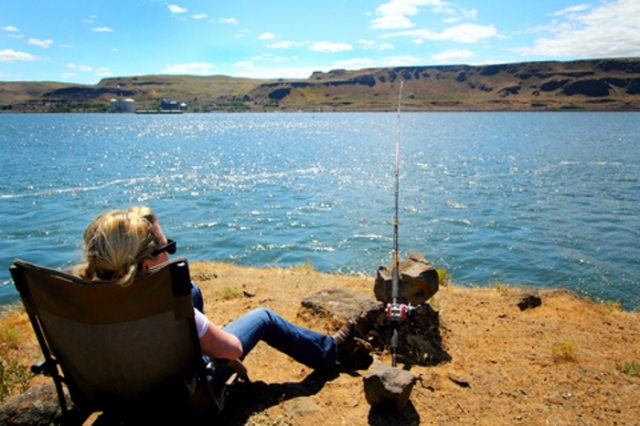
-
Day glow fishing boat
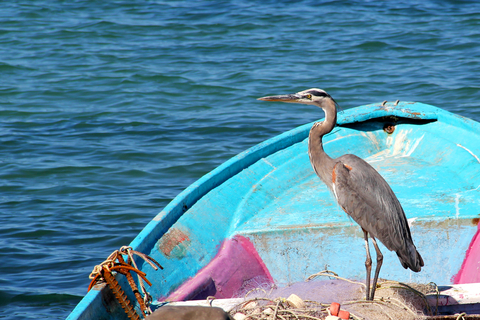
-
Fishing Pro

-
Fishing

-
Fly fishing

-
Fishing Files

-
Fishing Files
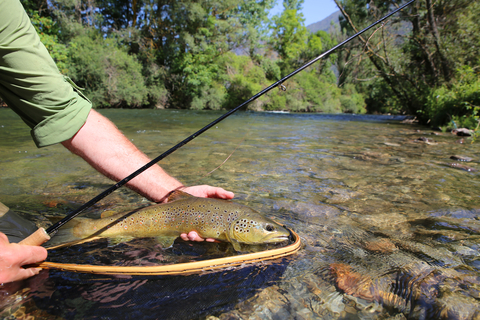
-
Fly reel
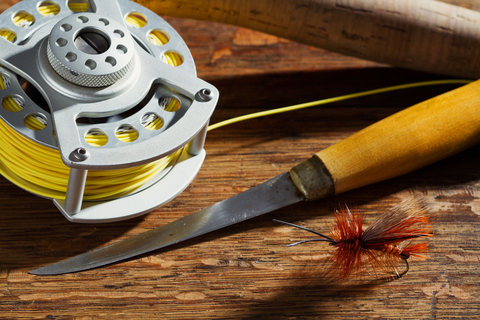
-
Gar Fish

-
Golden Trout
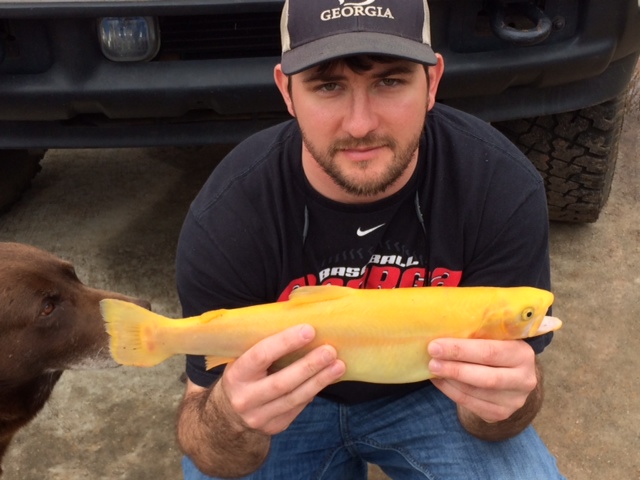
-
Ice Auger
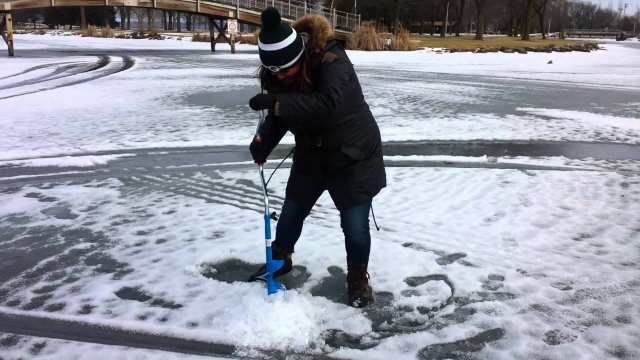
-
Ice Fishing
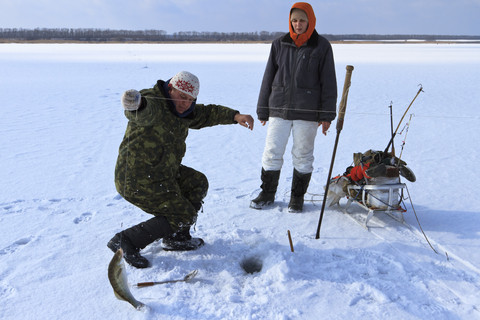
-
Halibut
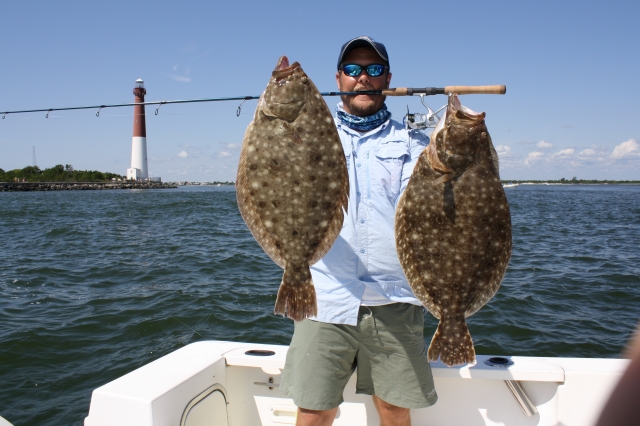
-
Bass Fish
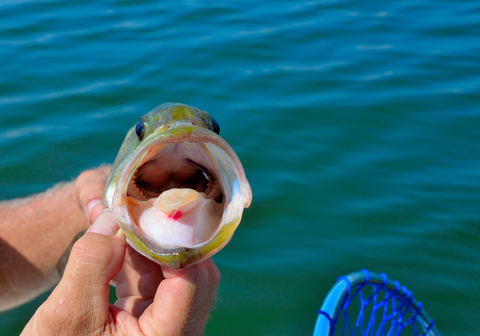
-
Lobster Dog

-
Marlin Fishing
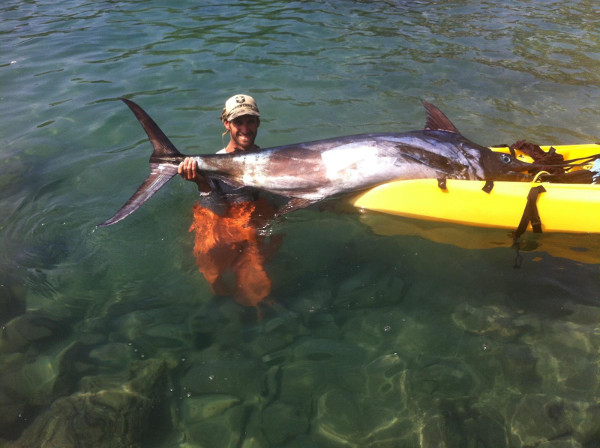
-
Muskie
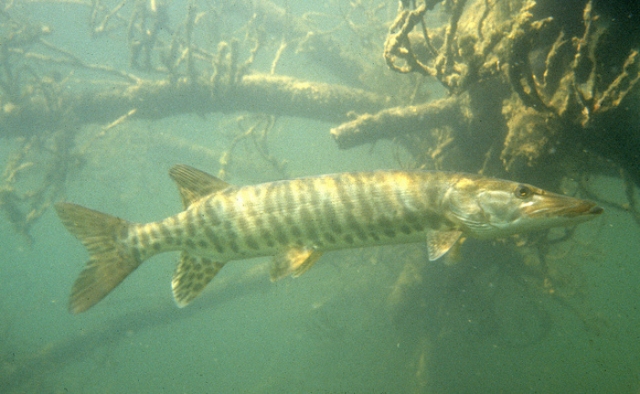
-
Fishing Files
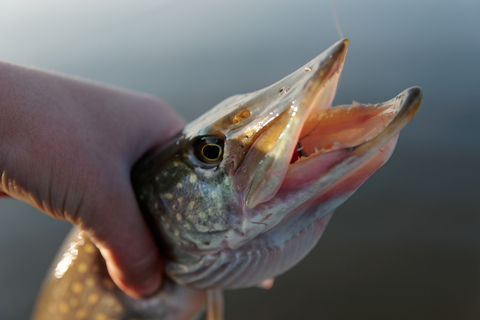
-
Nymph
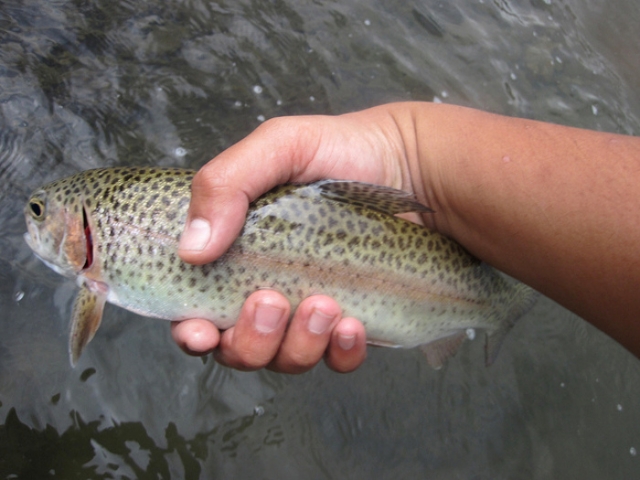
-
Oarfish

-
Obama Fishing
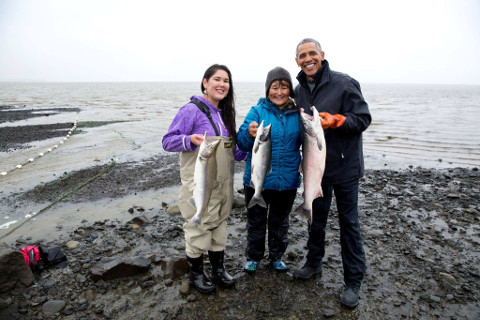
-
Panfish
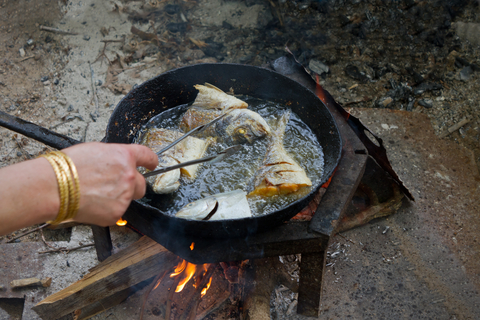
-
Pelican

-
Fishing Files
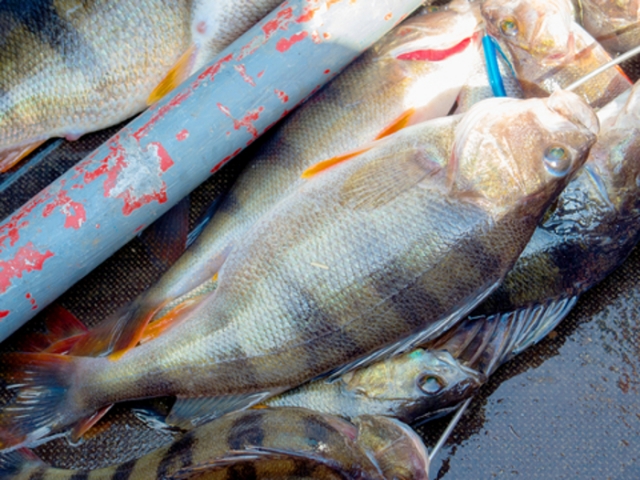
-
Fishing Files
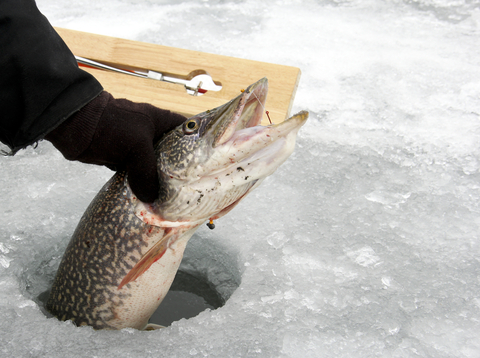
-
Fishing Files
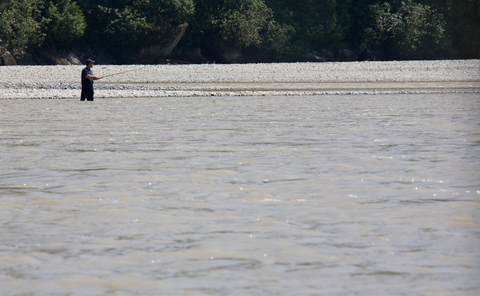
-
Fishing Files

-
Fishing Files
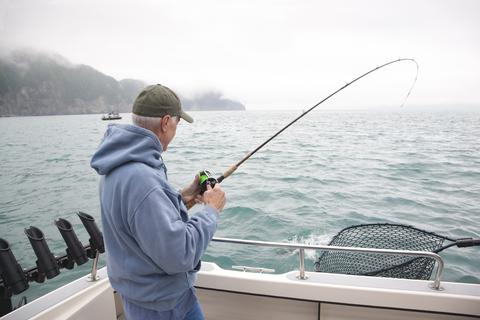
-
Fishing Files
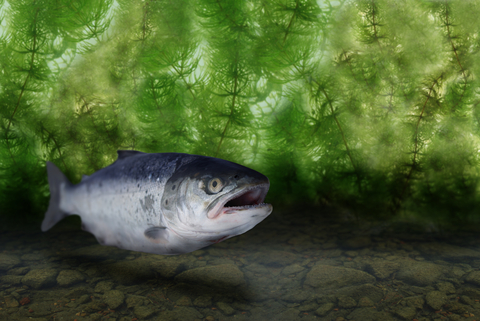
-
Fishing Files
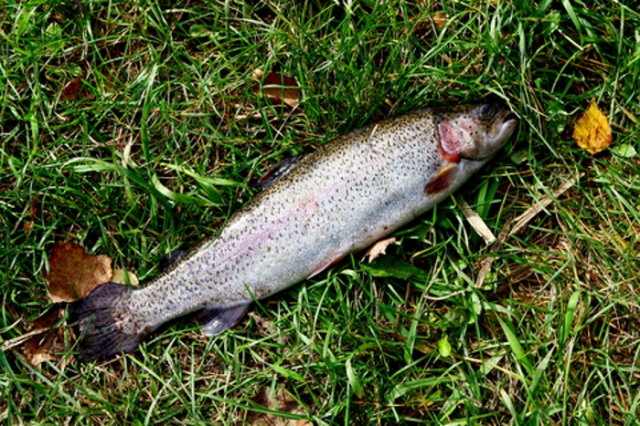
-
Fishing Files
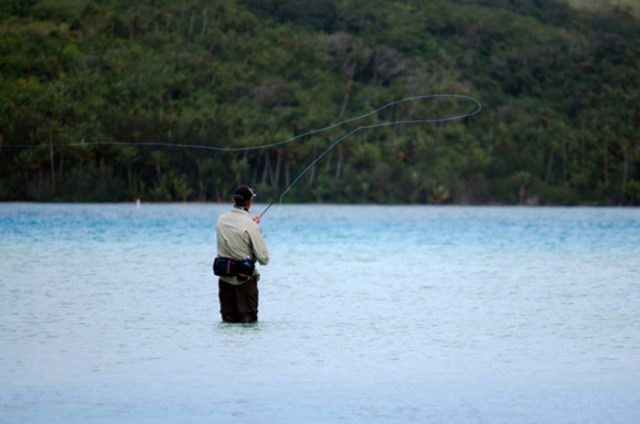
-
Fishing Files

-
Snakehead
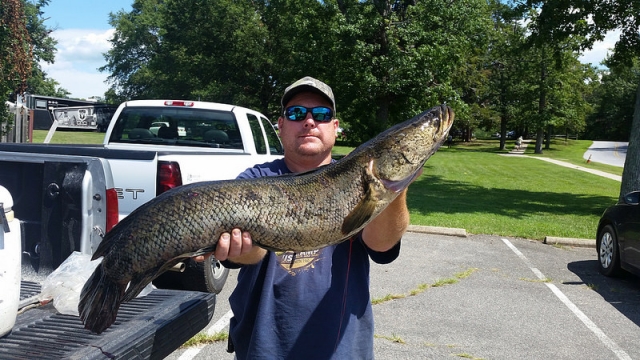
-
Spinner Shark

-
Spotted Bass
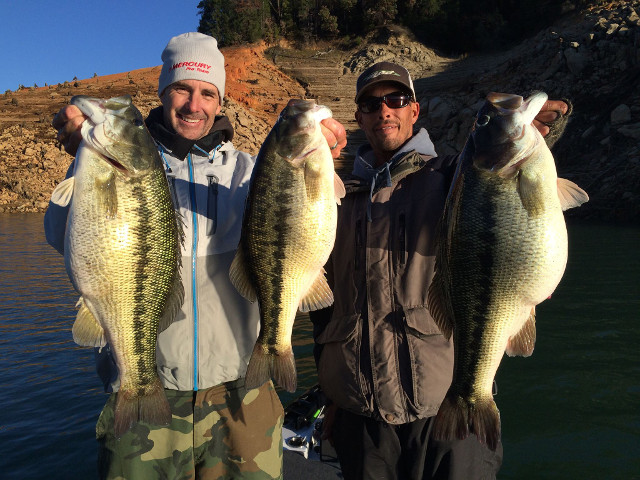
-
Striped Bass
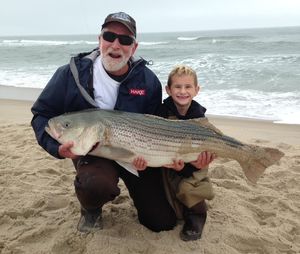
-
Sturgeon

-
Fishing Files

-
Trout Fishing
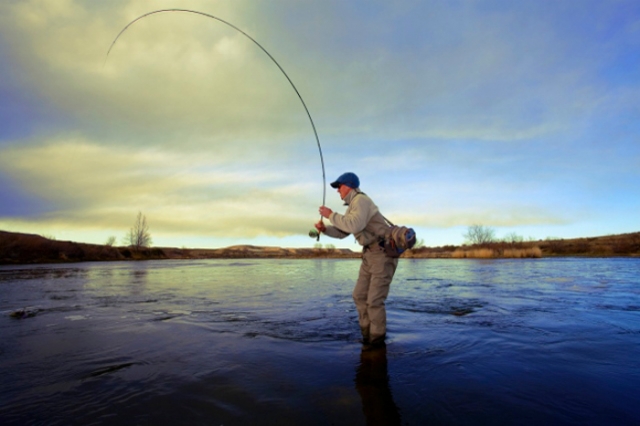
-
Fishing Files

-
Fishing Files
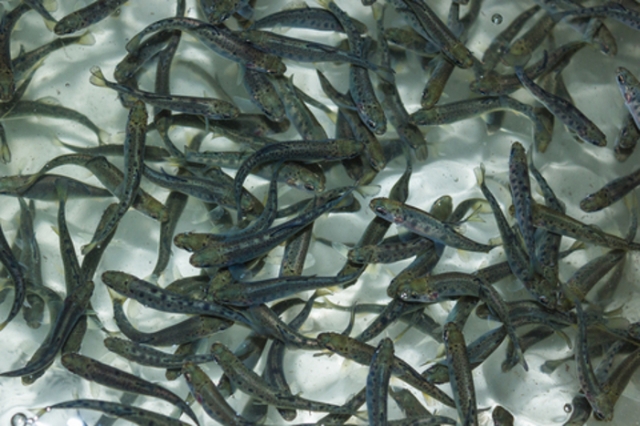
-
Fishing Files

-
Fishing Files

-
Northern Pike

-
School of Karanteen
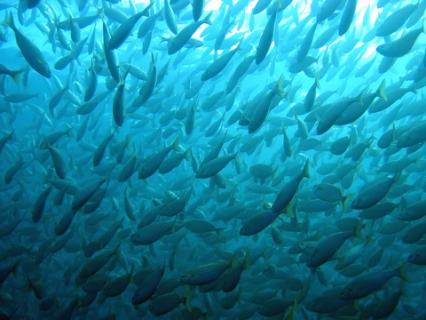
-
Walleye
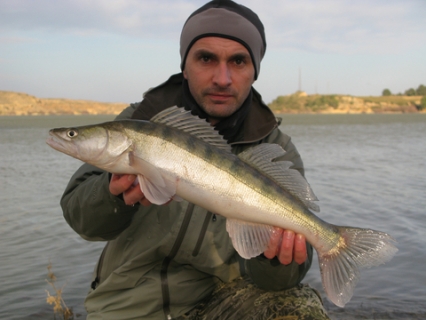
-
Goliath Grouper

-
Barracuda
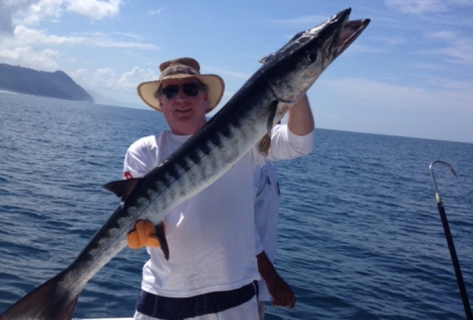
-
European Chub
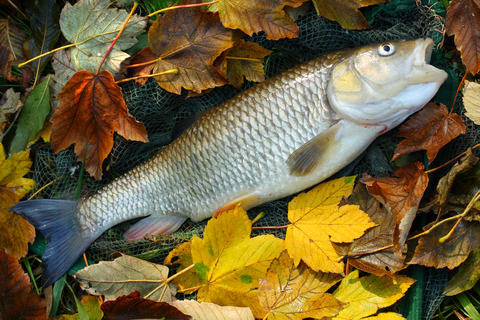
-
Drum Fish
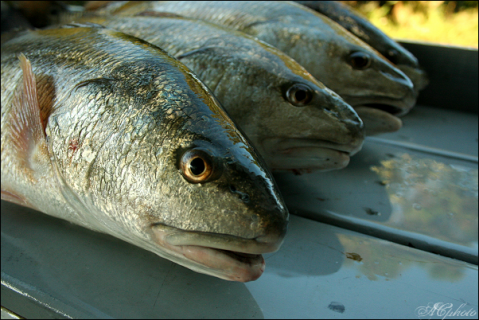
-
Grouper
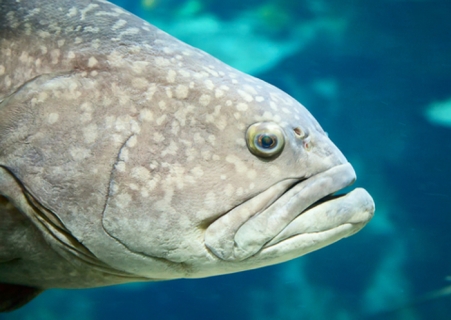
-
Blue Catfish

-
Catfish
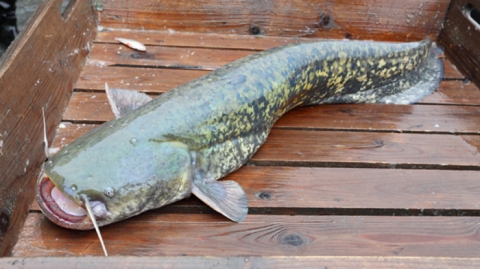
-
Star Puffer Fish
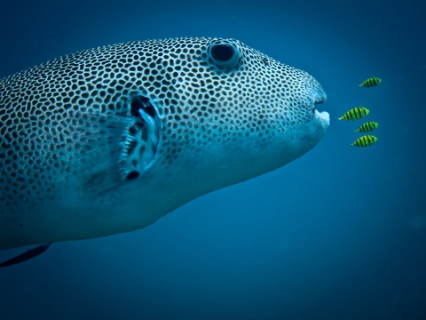
-
Napoleon Fish
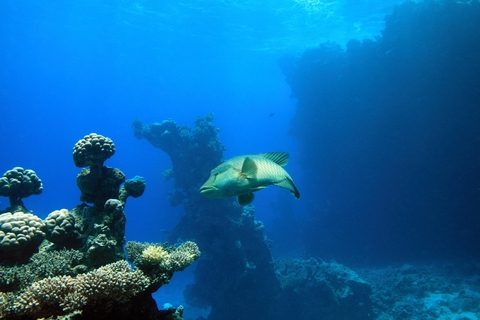
-
Smoked Trout
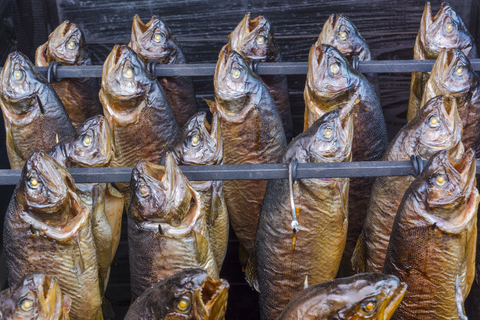
-
Perch
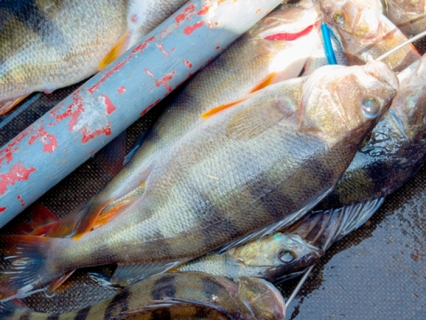
-
Smallmouth Bass
